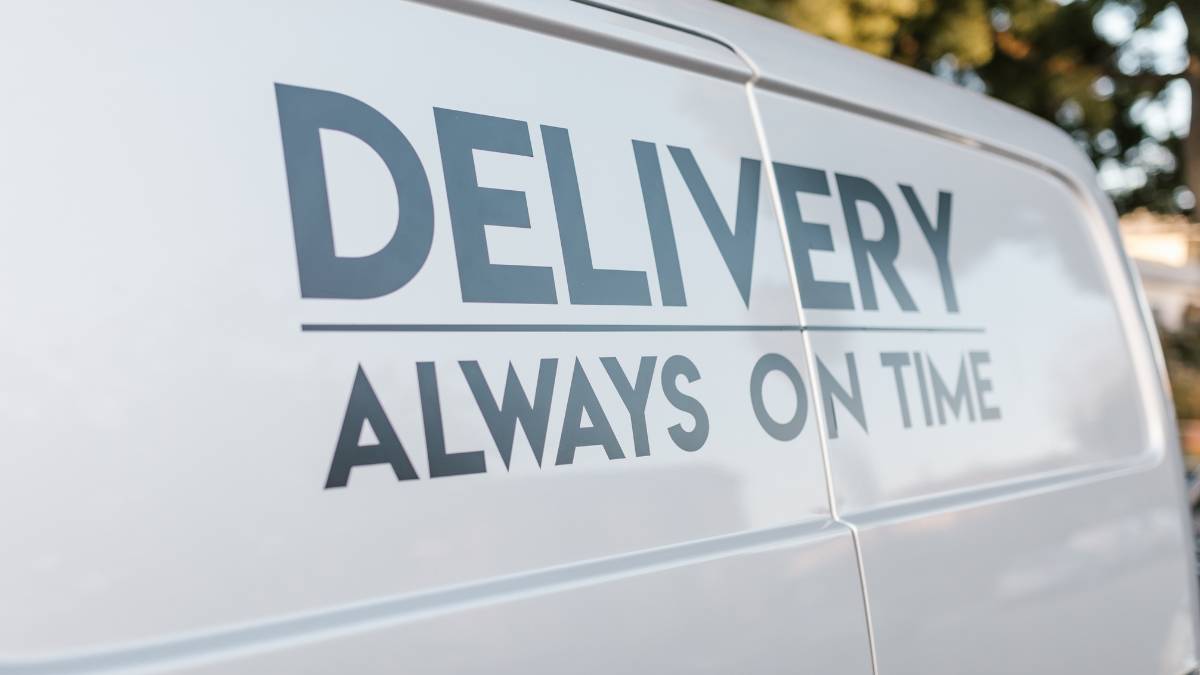Last Updated on July 1, 2017 by Bharat Saini
Case Study: Toyota Suffers Supply Chain Disruption- Lessons to Learn from it
Disasters at Toyota and their Aftermath
Disasters in Japan have not only wrought untold suffering on its people but they have also caused bad supply chain disruptions especially in premier companies such as Toyota. There was a massive earthquake and tsunami on 11 March 2011 that cut off several parts in Northern Japan, The number of the dead or the missing topped 19,000 while more than 325,000 people lost their homes. On a significant note the power plant Fukushima Daiichi was destroyed and it is quite likely that the area around this power plant may never be open for habitation.
Renesas is a microchip company that is located very close to Fukushima. The company suffered serious damage and this meant a huge loss to not only the 20% of the microcontroller market of the world that Renesas supplied to but also the bulk of the automakers in Japan that were dependant on the products from the company. In typically Japanese fashion the automakers got together several thousand technicians who worked round the clock and rebuilt the plant. Renesas was up an about in 6 weeks. Toyota lost its ranking as the largest maker of automobiles in the world, but the recovery was awesome.
There was another catastrophe, this time an explosion in a steel mill in Japan on 8 January 2016 that brought Toyota to almost a grinding halt. This explosion threatened to stop Toyota’s production for around 2 months. The blast had taken place at Japan’s Aichi Steel Plant which supplies steel to Toyota, a car manufacturer that meets about 40% of Japanese global output.
Just when production was about to pick up there was another disaster. There was a flood in Thailand that was an important export hub for Toyota. There were serious shortages in parts and the worst to be hit was Honda whose plant in Thailand remained shut for several months.
Then there was the 6.2 magnitude quake that occurred on 14 April 2016 with a stronger tremor that hit the next day with a magnitude that measured 7.0 on the Richter scale. Toyota was already battling a sluggish supply with a drop of around 1% when the twin quakes further worsened the supply chain.
Disasters and the Supply Chain
It is next to impossible to plan taking disasters into consideration. An example of this is that of the eruption of an Icelandic volcano which managed to stop the production of cars in Japan. This happened due to the large volumes of ash generated due to the volcano which caused a serious disruption of delivery by air of critical sensors from Ireland to the factories of Nissan near the capital, Tokyo. In the case of the disaster in the Aichi steel plant, Toyota managed a quick recovery by the alternate sourcing of steel from Aichi. However, after the twin earthquakes Japan has attempted to arrange for the double sourcing of parts and the introduction of alternate plans for manufacture.
Learning from Toyota’s Supply Risk Events
Although Toyota’s supply chain is well respected, the recent mishaps and natural disasters have proved that the supply chain is still not as efficient as it should be. The tsunami in 2011 and the explosion at the Aichi plant have reinforced the view that the time to recovery must be brought down further in the event of a calamity. It was felt that Toyota may have been up and about if it had been able to tap the sources of steel in the US.
It is necessary to have that kind of a model of the supply chain analytics , one that is able to sense the practicality of the supply chain in question. Toyota learnt its lesson the hard way when its supplier of raw material, its own subsidiary, failed to meet supply commitments. Here, what was needed was perhaps an ‘extended supply network model’. Further, a risk that affects the entire country will definitely have to have a solution that helps in the mitigation of such a risk.
One of the important lessons from the Toyota example is that you may need to ensure that the design does not have an inherent problem that locks you with one supplier. Having an alternate supplier of steel to Aichi is one such example. Finally, one can always turn towards technology such as the use of predictive analytics to help in the prediction of risks.


